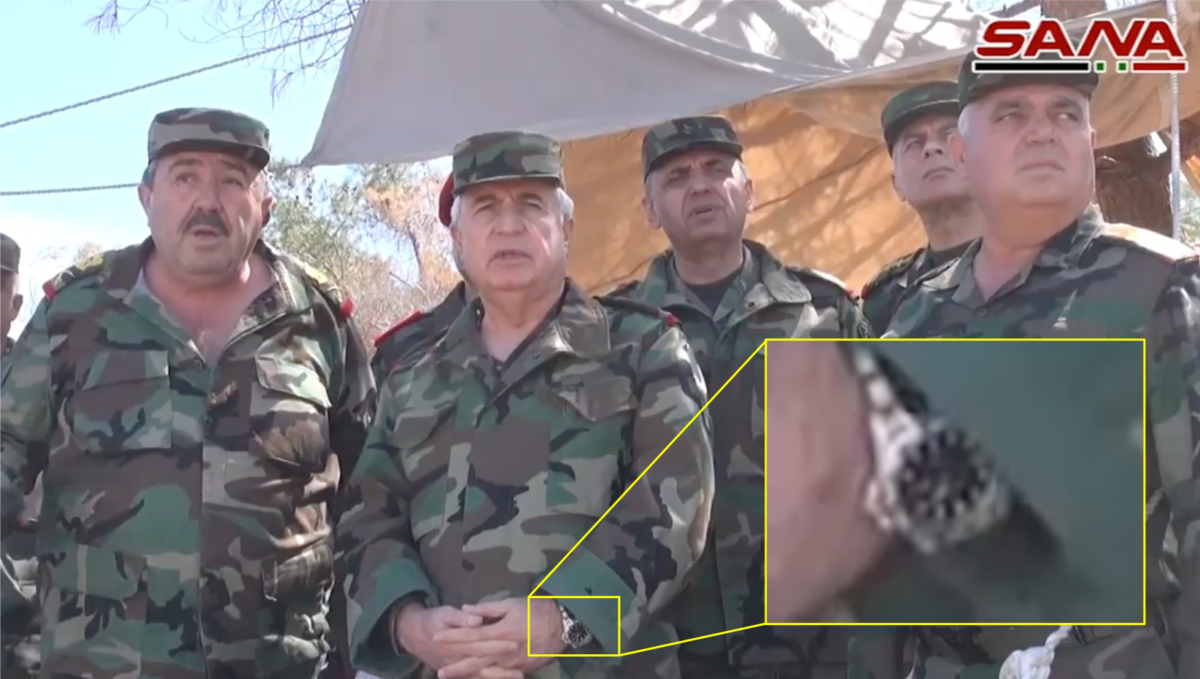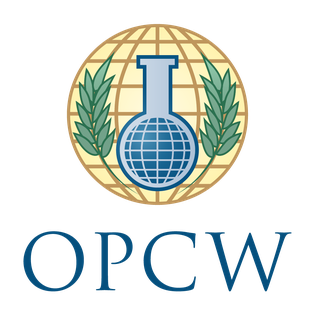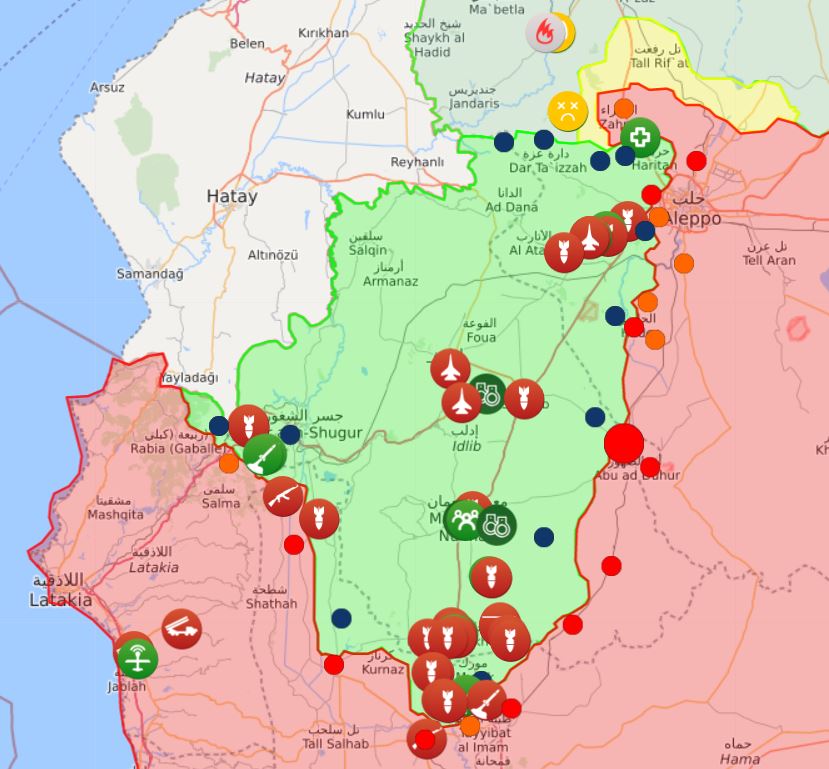Emails And Reading Comprehension: OPCW Douma Coverage Misses Crucial Facts
Over the weekend, WikiLeaks released an email from an employee within the OPCW Fact-Finding Mission (FFM) indicating that the OPCW “misrepresents the facts he and his colleagues discovered on the ground”. This email has since been used to call into question the impartiality and effectiveness of the OPCW’s conclusion about the alleged chemical weapon attack in Douma, Syria.
However, a comparison of the points raised in the letter against the final Douma report makes it amply clear that the OPCW not only addressed these points, but even changed the conclusion of an earlier report to reflect the concerns of said employee.
Which Report?
Unusually, in the case of the Douma attack, the OPCW issued two reports. The first was an interim report of 26 pages published on 6 July 2018. The second was a final report of 106 pages, published on 1 March 2019.
The letter released by Wikileaks, dated 22 June 2018, raises concerns about a “redacted report”. The points raised in the letter are clearly not present in the interim report; however, they are present, or else are in modified form, in the final report. Therefore, it appears that the so-called “redacted report” provided a basis or early draft for the final report.
Points Raised By The Letter
Point 1

This wording used in the letter is not present in the final report. The paragraph that matches this most closely in the final report is paragraph 2.16, which states, “it is possible that the cylinders were the source of the substances containing reactive chlorine.”

The decision to use the word “possible” in the final report is a significant change from the word “likely”, as it represents the level of confidence of the OPCW. By changing this particular phrase, the OPCW have in fact downgraded their confidence in possible conclusions about this event, which is in line with the employee’s concerns.
Point 2.1

Aside from the absurdity of claiming that “singling out chlorine gas” after an alleged chlorine gas attack in a country where multiple chlorine attacks have taken place is “disingenuous”, these points appear to have been addressed by the final report.
Paragraphs 8.6 – 8.19 in the final report include a “Discussion of analysis results”, which addresses the points raised in this paragraph of the letter, including explaining why many of the chemicals listed in this part of the letter could be excluded. It should be noted that this section is chemistry-heavy.
Point 2.2

The final report does not use the phrase “reactive chlorine containing chemical.” Instead, the phrase “chemical containing reactive chlorine” is used, as suggested in the letter.
Point 3

The final report does not include this mention of the gas being released from cylinders. As highlighted in Point 1, the final report concludes that it is “possible” the cylinders were the source of substances containing reactive chlorine.
Point 4

At no point does the final report describe the levels of various chlorinated organic derivatives as “high”. However, it does note in paragraph 7 of Annex 4 that these derivatives exist in the natural background, and that control samples were collected at locations not expected to have been exposed to chlorine gas for comparison.
Point 5

The final report includes a discussion of symptoms, along with an Epidemiological Analysis addressing these issues, on page 25.
It is also notable that the final report consulted “four toxicologists and one toxicologist and medical doctor” (paragraph 8.87) rather than the three toxicologists mentioned in the letter. It also notes in Annex 3 that further consultations with toxicologists took place in September and October 2018, months after this letter was written.
It should also be noted that the final report also states that the FFM redeployed to conduct further interviews between 14-22 October.
Point 6

Although it is not precisely clear what the letter is referring to here, the final report devotes extensive and detailed discussion to the modelling of the impact of the two cylinders in pages 53-64. Three independent analyses by experts in three different countries were carried out, and all reached complimentary conclusions: the damage at the impact sites is consistent with the cylinders having fallen from height (Annex 12).
It should also be noted that the engineering studies were only received by the FFM in December 2018, well after the date of this letter. As such, any discussion about the point of impact on the date of this letter would have been superseded by the studies which came later.
Point 7

The final report contains an extensive bibliography, including peer-reviewed scientific literature.
Conclusion
Although this letter appears to be at least superficially damaging to the OPCW, after reading the actual reports published by the OPCW it is clear that this letter is outdated and inapplicable to the final Douma report.
The letter refers to a “redacted report” that was either not published or was heavily updated before it became the final version of the report. The issues raised in the letter appear to have either been addressed with further work and research, or changed to reflect the concerns of the employee who wrote the letter.
The fact that the redacted report stated it was “likely” the cylinders were the source of the chlorine or reactive chlorine-containing chemical, while the final report said it was “possible that the cylinders were the source of the substances containing reactive chlorine” is significant. It demonstrates that the OPCW in fact downgraded their confidence in their conclusions in order to include the doubts raised by the author of the letter.
Based on this analysis, it is clear that WikiLeaks, the Daily Mail, La Repubblica, and Stundin have failed to understand the context of this letter and the final Douma report.
If the people covering this story had actually taken the time to read the letter and the FFM reports, they may well have chosen to publicize it in a very different manner.


